How Louis XIII Cognac Became Remy Martin’s Most Wanted Spirit
The famous French cognac has been enjoyed by drinkers for more than 150 years.
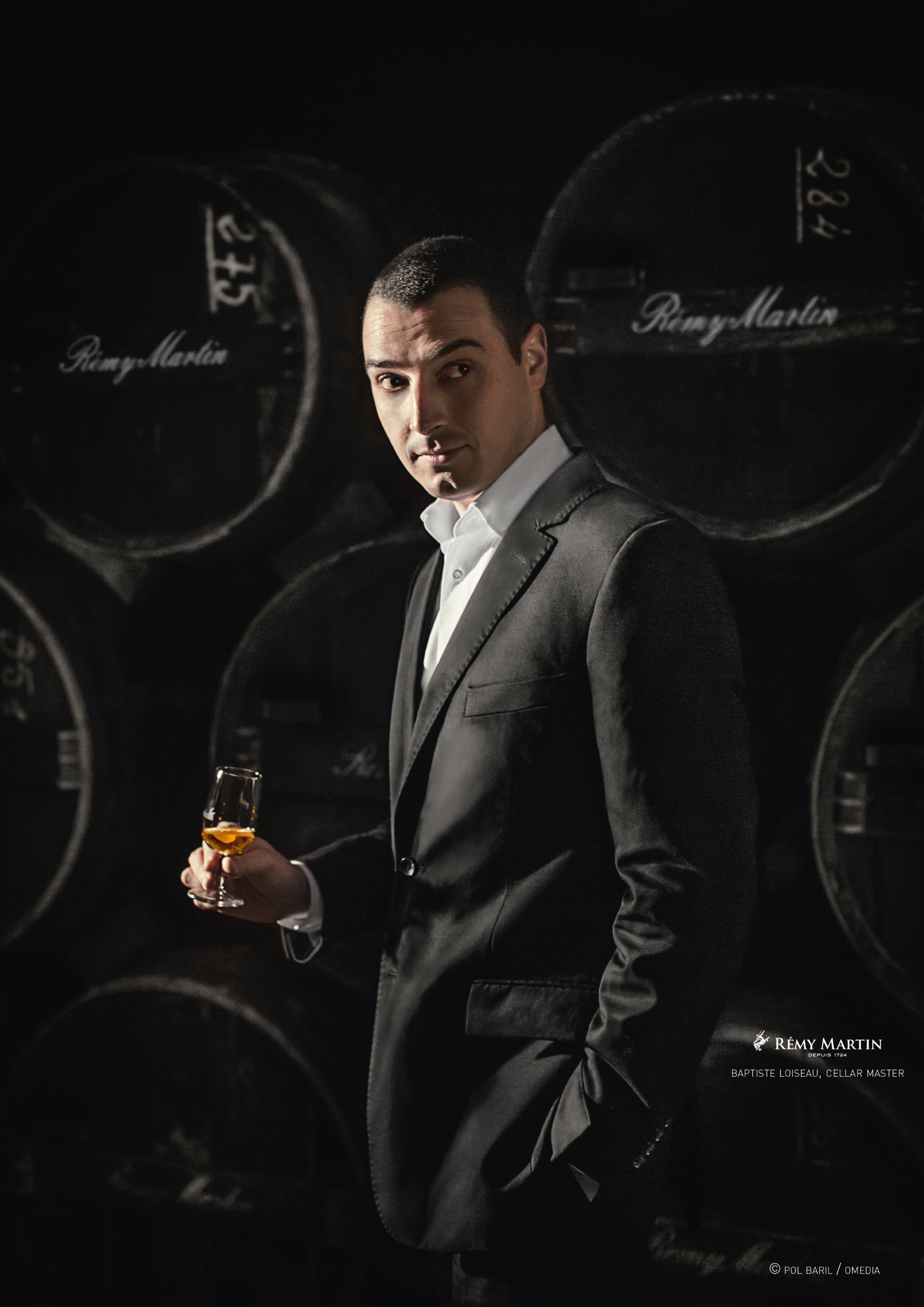
When his father, King Henry IV, was assassinated in 1610, the nine-year-old Louis XIII ascended to the French throne.
In the following three decades, “Louis the Just” lifted France to the apex of the continent by effectively vanquishing Spain, and was widely considered one of the most powerful rulers in all of Europe by the time of his death in 1643. He pioneered the wig as fashion for men, exiled his own mother for skullduggery, and reigned during the creation of the Académie Française.
Ironically, one reason his name lives on is not due to any of those accomplishments but rather because he is the namesake of one of the finest spirits in the world.
Dating back to 1874 and introduced by Paul-Émile Rémy Martin—a scion who, much like King Louis himself, oversaw the explosive growth of his domain—Louis XIII Cognac originated as a blend of only the finest eaux-de-vie he could find in his cellars. And to this day, nearly 150 years later, Louis XIII continues to be the crown jewel for the House of Rémy Martin.
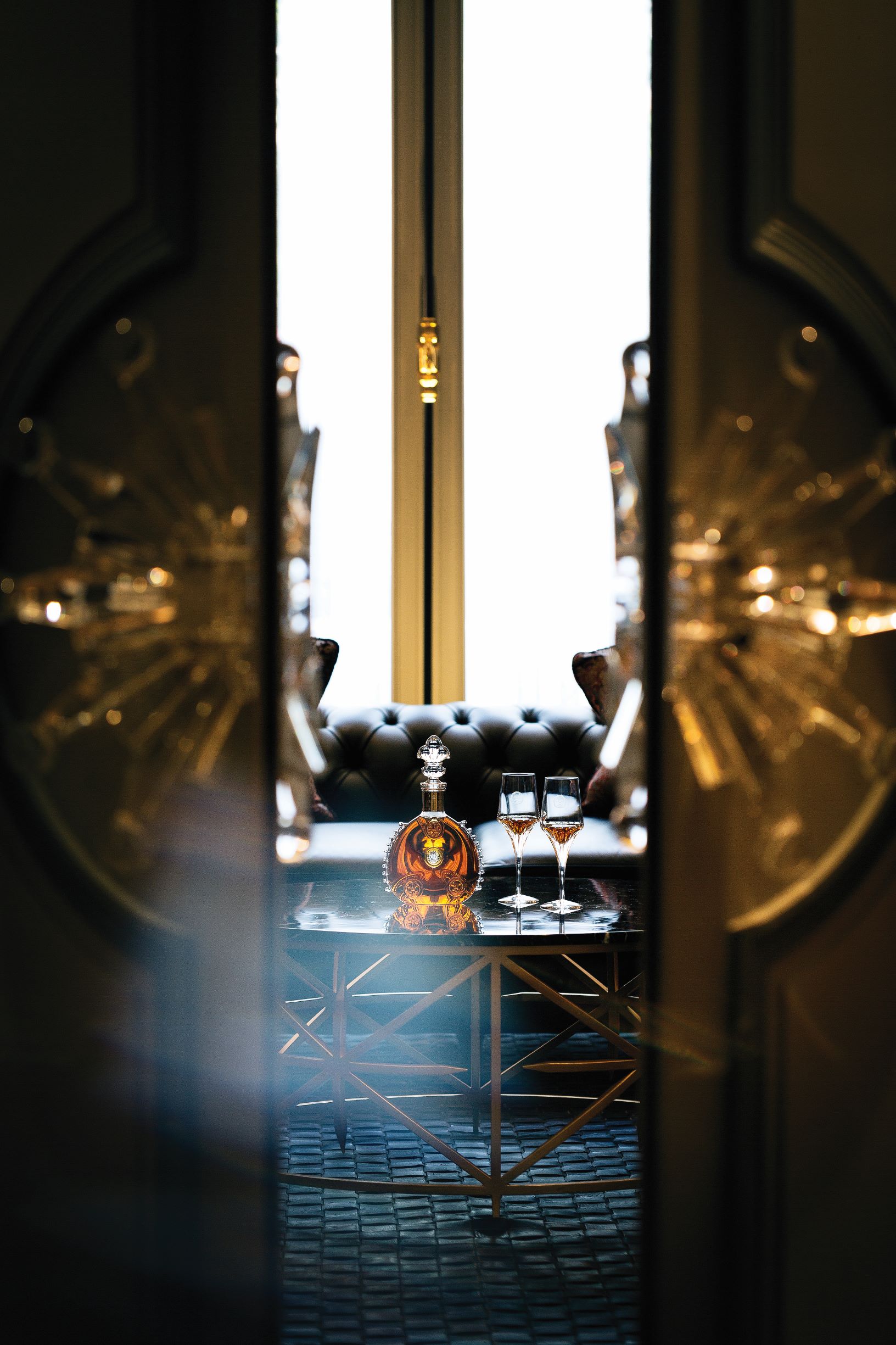
Each generation’s cellar master handpicks the finest and most mature nectar to craft what will become Louis XIII. But the exclusive spirit is not only the work of the current cellar master. As the expression blends more than 1,200 eaux-de-vie—some dating back more than 100 years—it is literally the fruit of every cellar master before him: a legacy passed on from master to apprentice for nearly a century and a half and counting.
Maxim recently visited the hallowed grounds of Rémy Martin’s sprawling Domaine de Merpins campus, and found ourselves in a most rarefied circumstance: exploring the cathedral-like barrelhouses with the brand’s current cellar master, Baptiste Loiseau.
Like King Louis when he inherited his title, Loiseau himself is surprisingly fresh-faced, being the youngest cellar master in the history of cognac. An enthusiasm shines from his youth, but it also belies a quiet thoughtfulness and consideration. It was a bright autumn day, unexpectedly warm, yet inside the cavernous rooms the air was dark and cool.
Loiseau walked us through the vast warehouses in an attempt to illuminate the work of a cellar master, from selecting only the best eaux-de-vie to the vigilant aging of the spirit in French-oak barrels. He oversees their meticulous care— there are around a quarter million barrels in this complex, worth well over $1 billion—and will handpick and blend the countless elixirs into what will one day be bottled and labeled with the Rémy Martin marque.
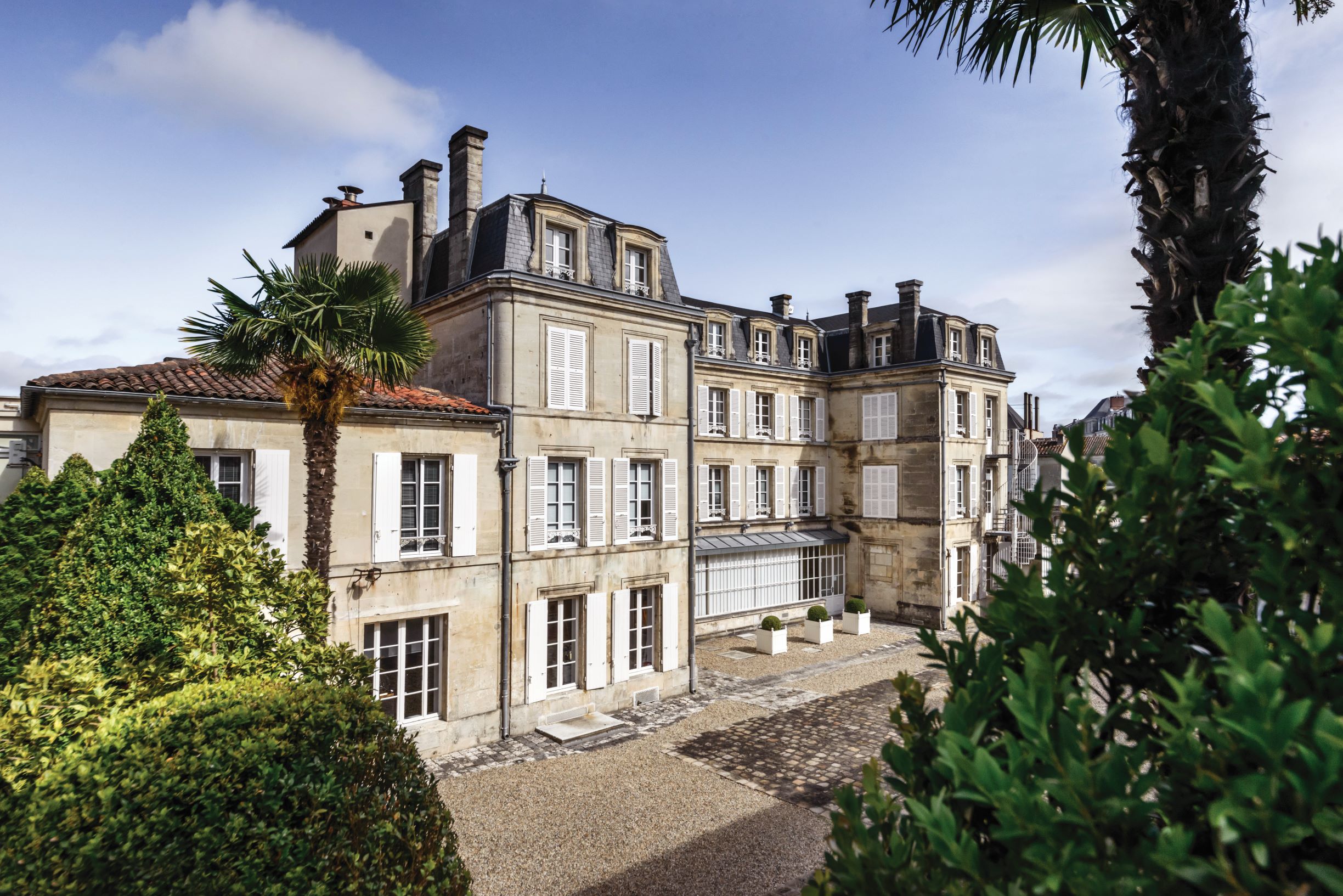
What was the most important lesson you learned from your predecessor, Pierrette Trichet?
As the first female cellar master, she was a pioneer herself. I credit most of my education to Pierrette Trichet, my mentor and former cellar master at Rémy Martin. Pierrette taught me to taste new eaux-de-vie, to recognize the Rémy Martin house style, and to always demand the highest possible quality from every stage of the cognac-making process. She gave me a clearer vision of the aging process and the confidence to take on the role of cellar master.
Pierrette often told me I am a real enthusiast, with everything that brings with it in terms of passion and commitment, and I’ve always wanted to keep my own identity. The most important lesson, she was always telling me, was “Work for excellence; always be demanding.”
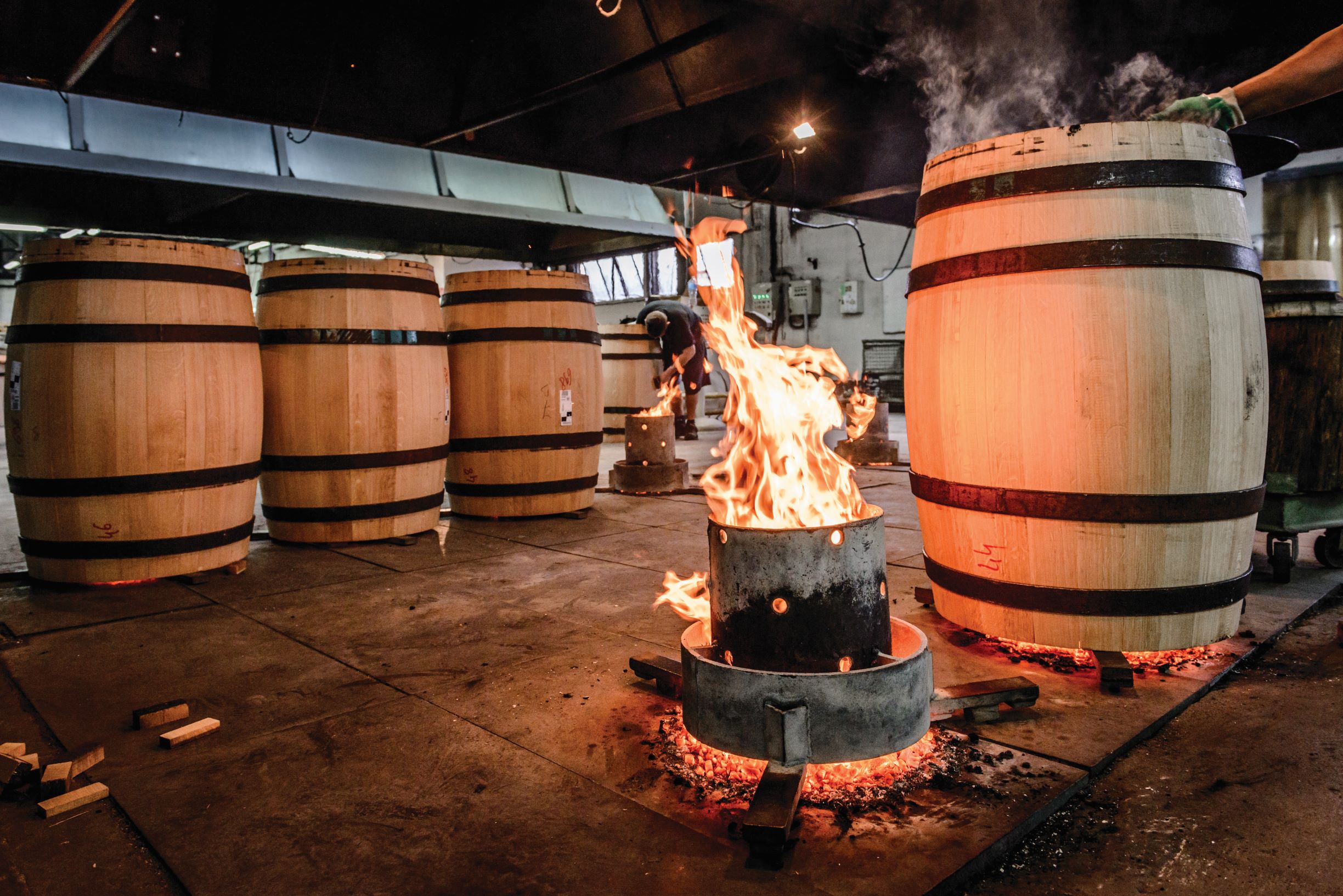
One of your distillers described the relationship between grower and cellar master as “like an old couple,” meaning there was great understanding and also possible disagreements. It’s a funny image.
Of course, we agree on many points but our point of view can also be different. What’s important is to keep the passion, to work hard every year to adapt to the vintage and respect the style. Communication is key, like in all relationships. Ours is more like passionate friends.
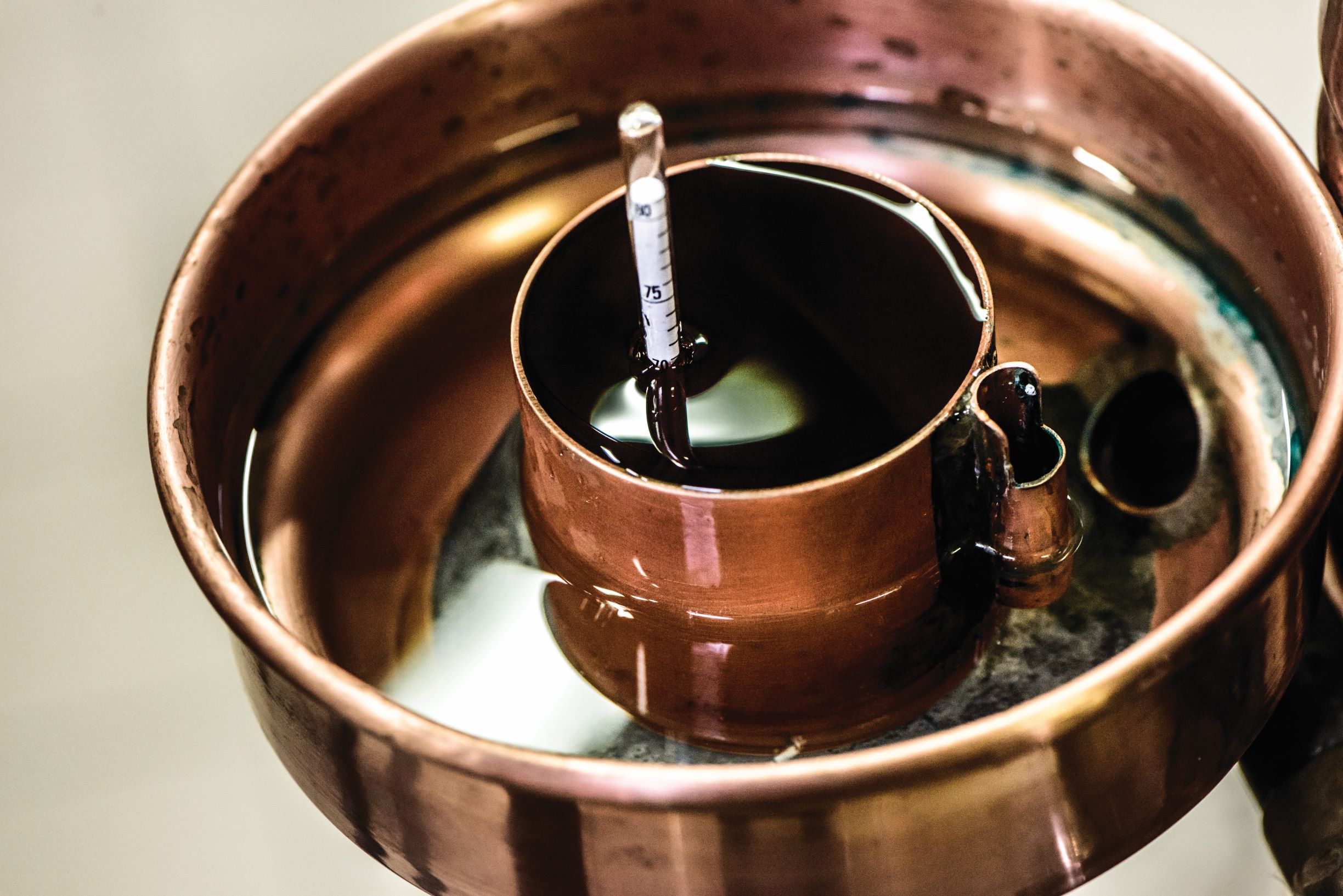
The barrel we sampled in the cellar dates back nearly a century—it was barreled before my grandfather was born. That predates television, the rise and fall of the Soviet Union, etc. How do you stay appreciative of such amazing experiences?
How couldn’t it be the case? The cellars are my playground—always evolving. Cognac is all about enjoying yourself, and I’m happy to be part of that. What drives me and motivates me are the joint tasting sessions, although obviously I am very attached to the solitary task of assembling the blends.
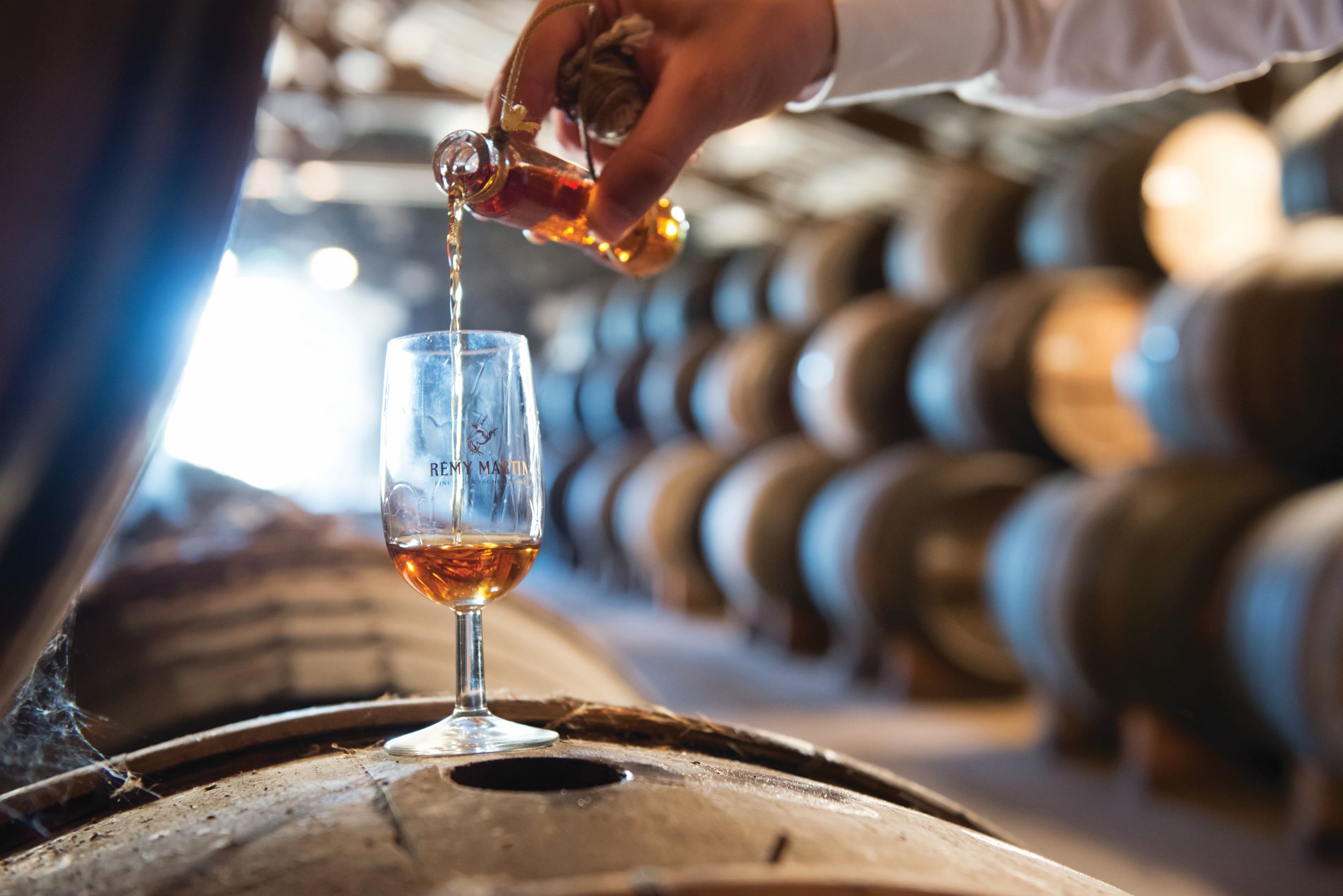
Even today you are setting aside eaux-devie for future generations of cellar masters to select for future bottles of Louis XIII. What’s it like putting that much time into a product, knowing you will never taste the content of those final bottles, set aside to age for 70-plus years?
It is this legacy that makes Louis XIII so unique. Created in 1874 by Paul-Émile Rémy Martin as a blend of his oldest and most precious eaux-de-vie, the inimitable style of Louis XIII has stayed constant to this day, honoring his act of genius and its precious blend. Each cellar master treasures and protects this legacy, passing on its secrets to the next in a vital lineage that links past, present, and future, thinking a century ahead.
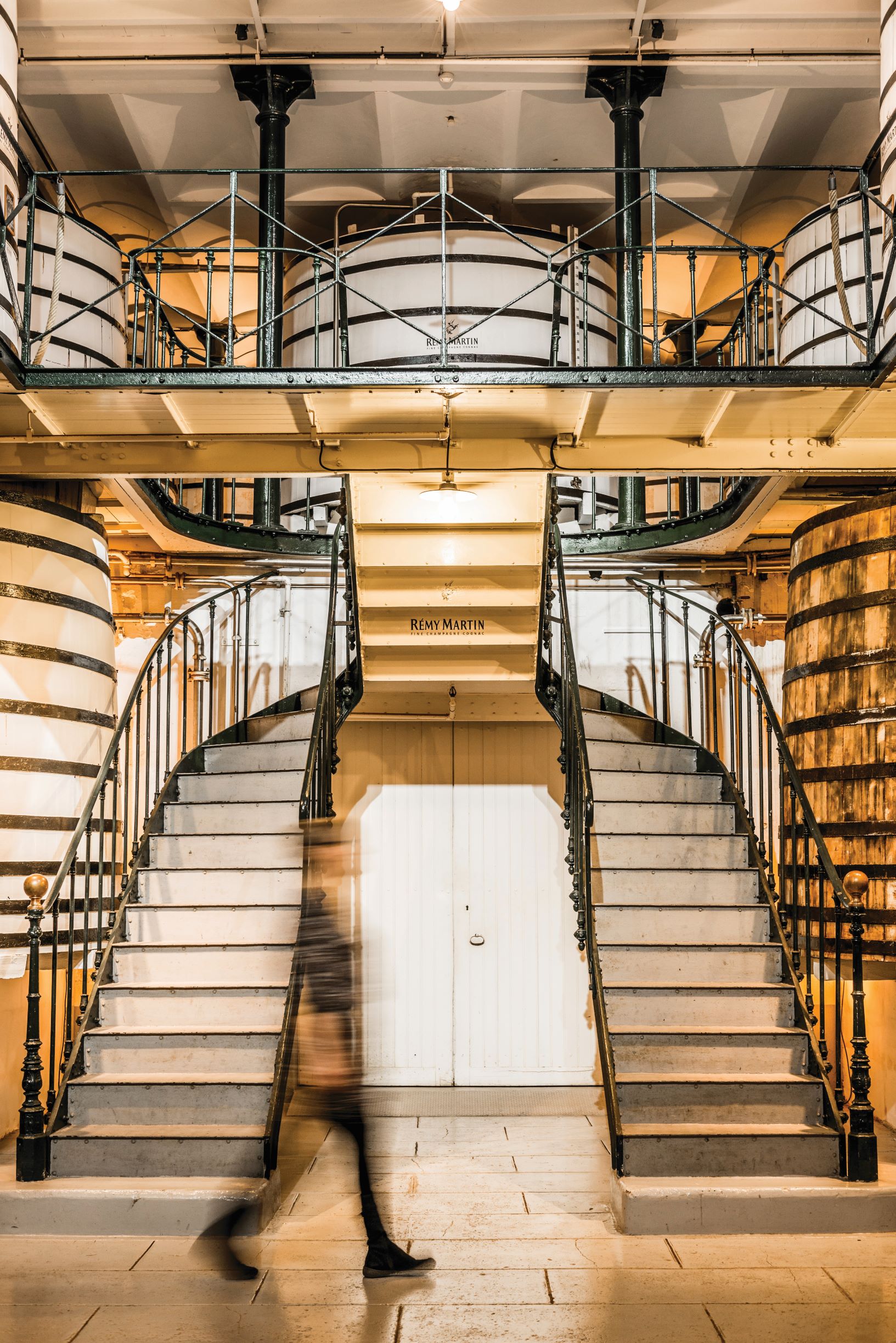
Over the years, the world has changed, and the profession of cellar master is no exception; it evolves with its times and embraces modern tools. But the roots of the cellar master’s art have stayed the same, ensuring the Louis XIII heritage lives on into the future.
Water of Life
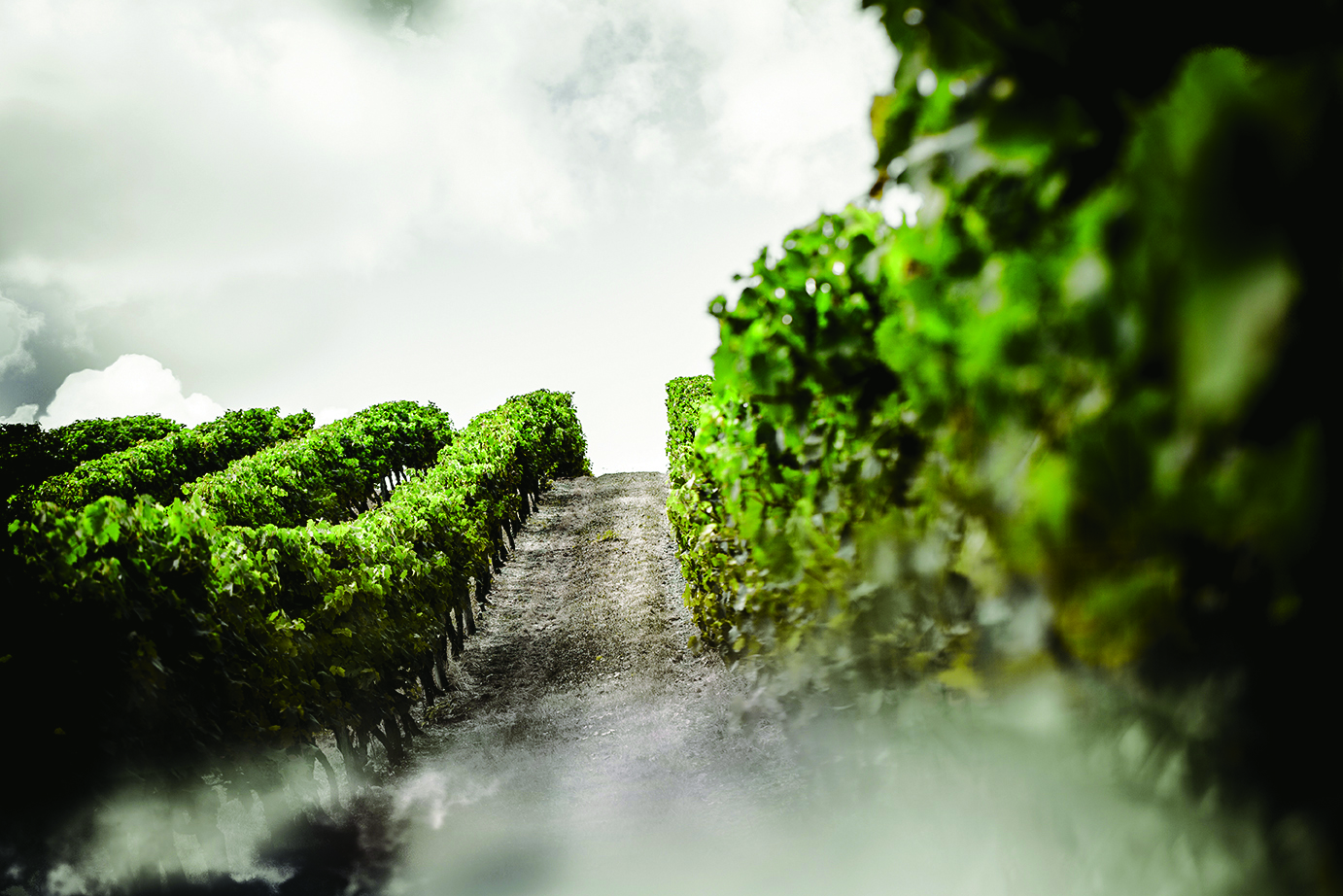
The raw clear spirit that will become cognac is known as eau-de-vie, or “water of life.” It is distilled from a wine never meant to be consumed, but rather crafted solely to be transformed into cognac. This wine can be fermented only from grapes grown in six regions, or crus—the best are considered to be Grande Champagne and Petite Champagne.
What makes each cru unique is its terroir—that nebulous but singular combination of soil, climate, and light, with a dash of local savoir faire thrown in for good measure.
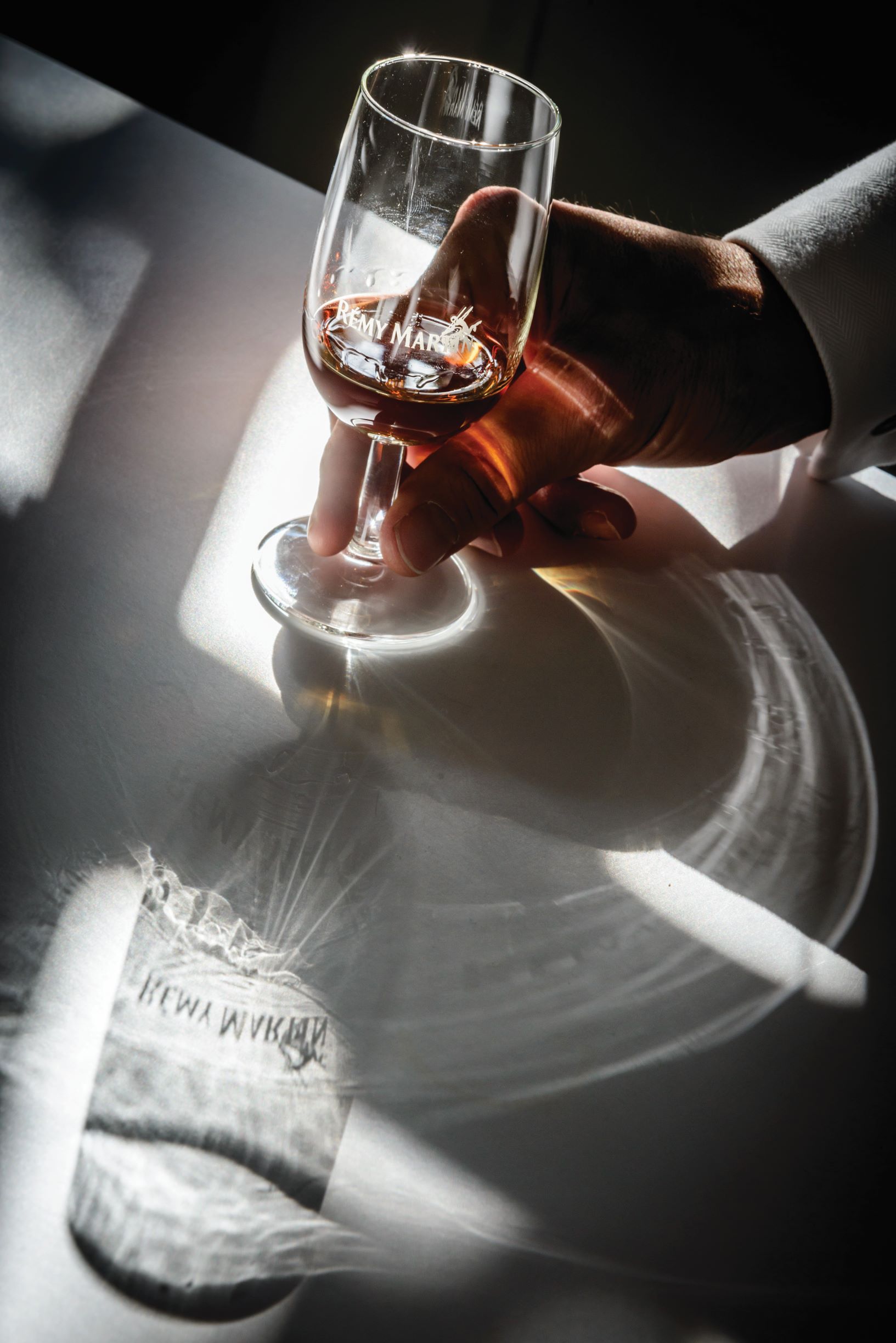
The Cellar Master
As any whisky enthusiast knows, the soul of each label is the distillery itself. Where the spirit is produced, be it the Macallan, Maker’s Mark, Ardbeg, or the Yamazaki, is where the heart of the brand lies.
That’s because distillation plays a major role in the signature of a whisky, the artful process differentiating each house and its various expressions. In the top echelon of each brand, therefore, is the master distiller. But this is not so with cognac, where the individualization of each house is performed in the aging and then blending of various eaux-de-vie into the final spirit.
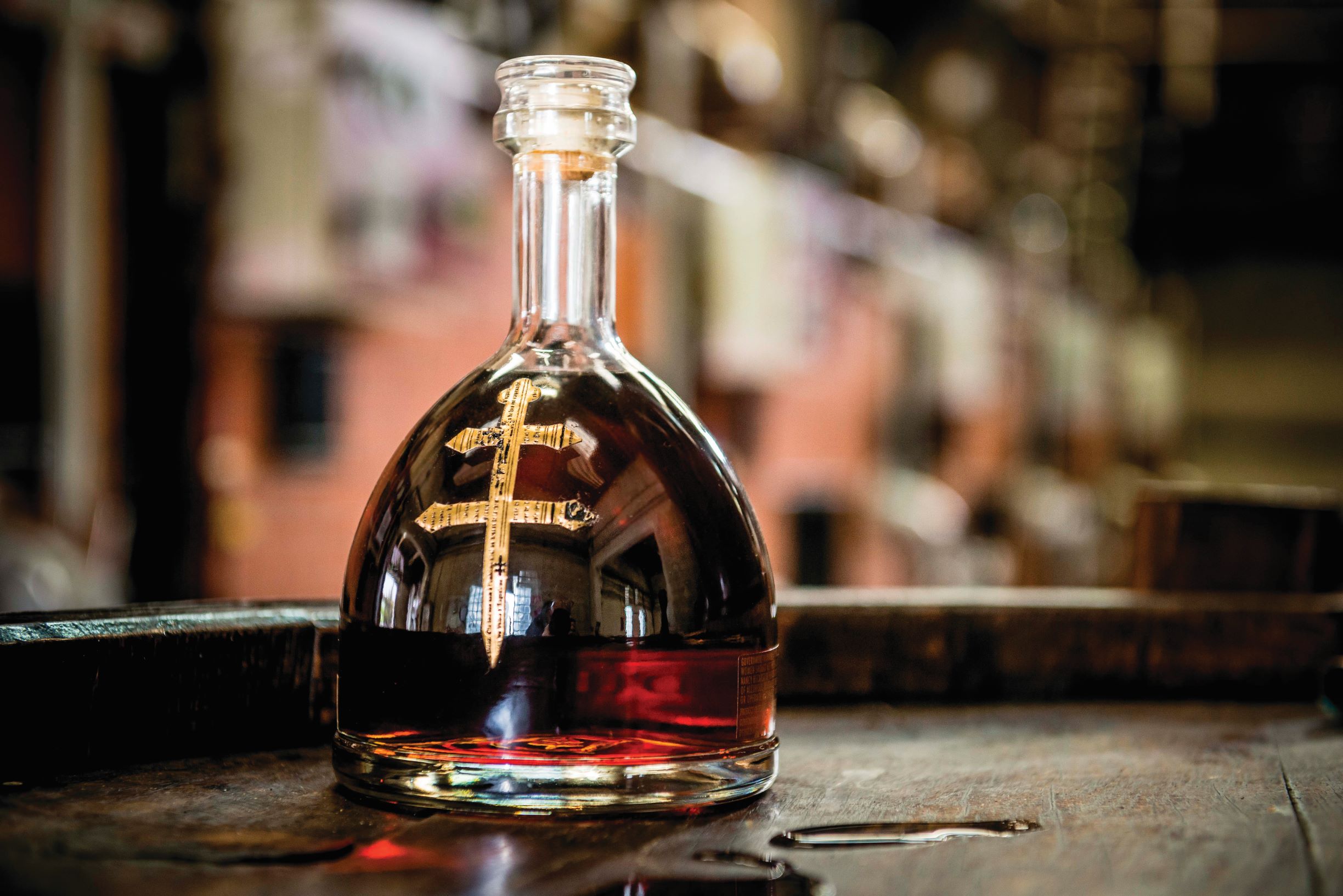
This is where the alchemy happens, and why the cellar master is so revered. Nearly every imaginable variable can play a small role in how the eaux-de-vie transform into cognac: The master examines the wood type (usually made from Limousin forest oak) and grain size, and fixates on toasting levels. Once in the wood, factors like the barrel’s age, its location in the cellar, and even the type of cellar it is placed in all have an effect.
The House of Baron Otard (a.k.a. Château de Cognac), for instance, asserts that its cognac possesses great singularity because of its cellar’s proximity to the Charente River. This is partly what makes its excellent D’ussé XO expression so unique, claims cellar master Michel Casavecchia.
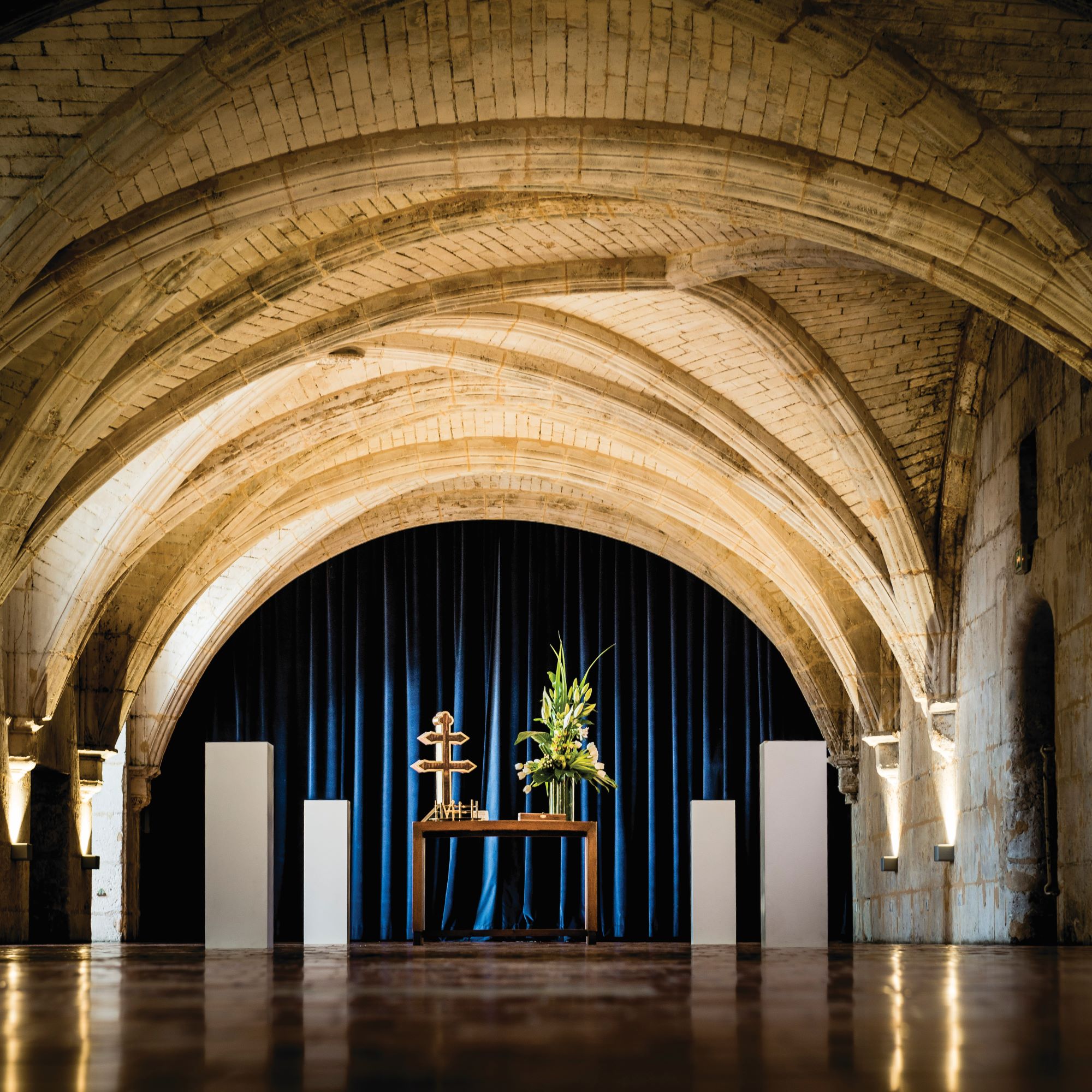
The thickness of the castle’s stone walls and distinctive humidity levels affect evaporation rates (in humid cellars, alcohol evaporates before water; in dry cellars, water evaporates first), which in turn affect the final product.
All these variables matter in the esoteric magic of the aging process, allowing the cellar o master to fine-tune his spirit to perfection.
